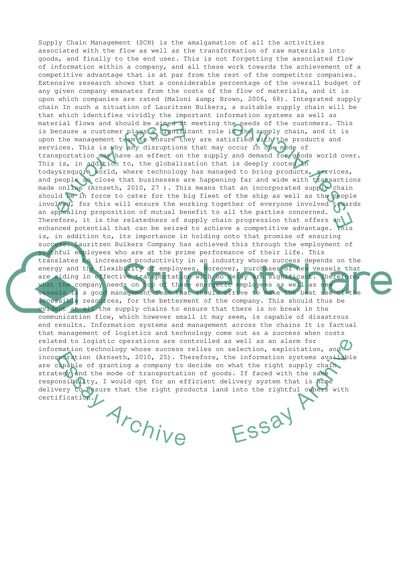Cite this document
(Information Systems and Management Across the Chains Coursework - 4, n.d.)
Information Systems and Management Across the Chains Coursework - 4. Retrieved from https://studentshare.org/management/1448209-discuss-critically-using-supply-chain-managment
Information Systems and Management Across the Chains Coursework - 4. Retrieved from https://studentshare.org/management/1448209-discuss-critically-using-supply-chain-managment
(Information Systems and Management Across the Chains Coursework - 4)
Information Systems and Management Across the Chains Coursework - 4. https://studentshare.org/management/1448209-discuss-critically-using-supply-chain-managment.
Information Systems and Management Across the Chains Coursework - 4. https://studentshare.org/management/1448209-discuss-critically-using-supply-chain-managment.
“Information Systems and Management Across the Chains Coursework - 4”, n.d. https://studentshare.org/management/1448209-discuss-critically-using-supply-chain-managment.


